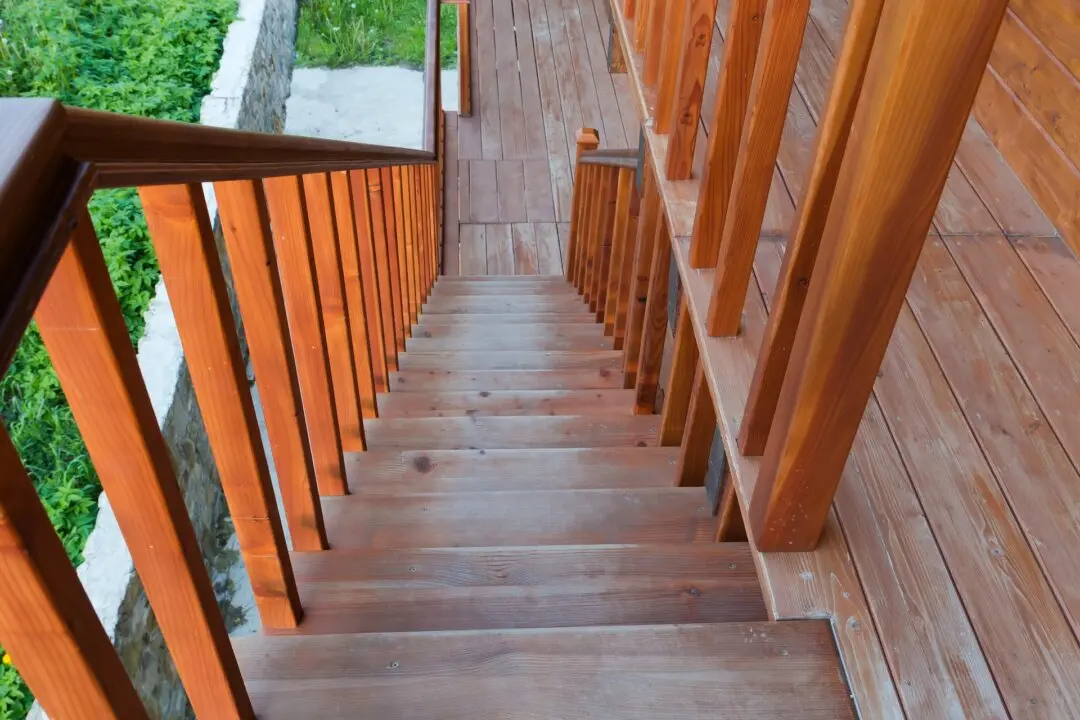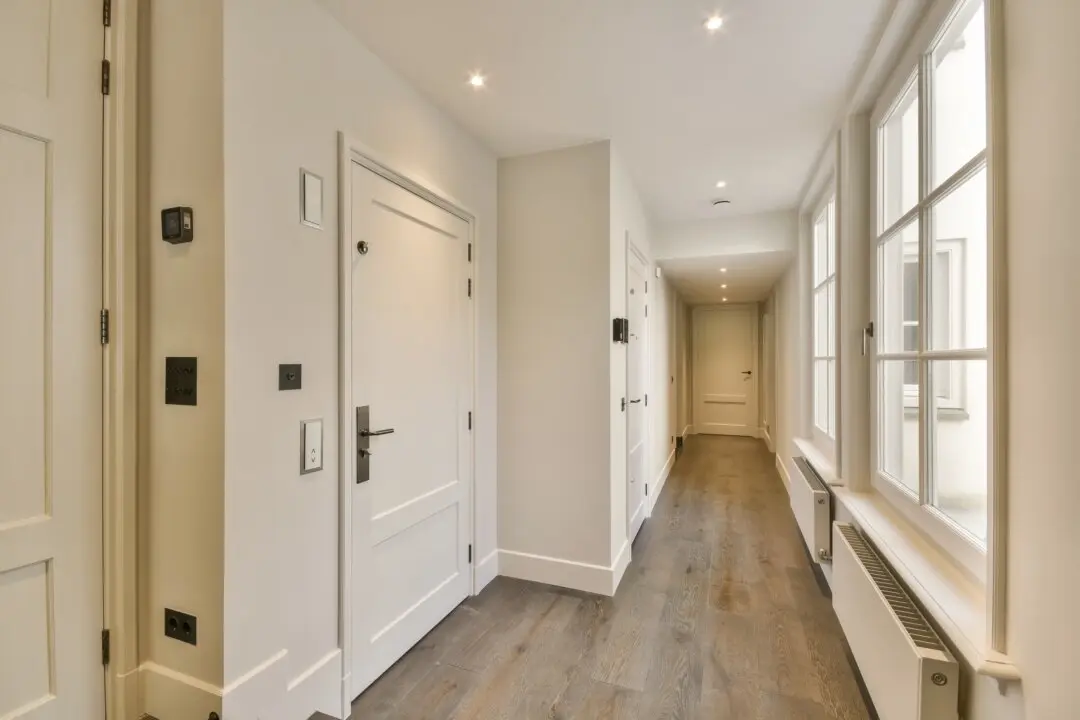Dear James: My brother is the contractor/builder of our new house. He will let us do some of the work ourselves. What are some projects a nonprofessional can handle? —Eddie W.
Dear Eddie: You are lucky your brother is the builder because most builders really don’t want inexperienced people working on the construction site. There are tasks that must be done in progression. If you make a mistake doing one item and it has to be redone, it will delay the construction and may increase overall costs.





